

Table of contents
- Characteristics
- Location
- Floor
- sowing
- outplanting
- fertilization
- Pour
- pruning
- wintering
- Diseases
- pests
Liver balsam is a popular plant for beds and window boxes. When it comes to caring for this beautiful permanent bloomer, there are a few points to keep in mind. A balanced watering of the plants is particularly important.
Characteristics
- Botanical name: Ageratum houstonianum
- Plant family: daisy family (Asteraceae)
- Origin: Mexico, Guatemala, Belize, tropical regions in the south of the USA
- Growth height: 15 - 20 cm
- Growth form: shrubby, forms cushions
- Flower colors: white, pink, blue
- Flowering period: May - October
- Flower shape: dense, in clusters
- Leaf shape: ovate
Location
Although liver balm comes from warm regions, it prefers sunny to partially shaded locations. The plants do not like extreme heat. Despite frequent watering, the plants in such locations let their leaves droop in high heat to protect themselves. The formation of flowers also suffers from this stress.
Tip:
On a south-facing balcony, you should shade the plants during the midday heat.
It should also not be too shady for the plants. Although Ageratum also grows in shady locations, it rarely forms flowers there.
Floor
The plants are sensitive to waterlogging. Although they tolerate slightly loamy soil, if the soil is too dense, you should definitely work drainage into the soil. Expanded clay or lava granules, for example, are suitable. When cultivating in balcony boxes or pots, a drainage hole for excess water is always required. Commercial potting soil is ideal as a substrate.

sowing
The plants are not hardy and freeze with the first frost. However, they can be easily propagated by sowing, which is why they are often only cultivated as annual plants.
Sowing takes place at the end of February. The seeds need a temperature of around 20°C to germinate. After germination, the plants are kept cooler at around 16°C.
Instructions for sowing:
- Fill the seed tray with seed soil
- Distribute seed evenly
- Just press the seeds
- pour on
- set light
After about four weeks, the seedlings can be transplanted. To do this, use a substrate that contains more nutrients than potting soil, but is not too rich. This would lead to the plants tending to wilt. A mixture of one part potting soil and one part potting soil is ideal.
outplanting
The liver balm is very sensitive to frost. He can only go outside when there is no longer any threat of night frost. This is usually the case in mid to late May. Before the plants are permanently outdoors, they should be hardened off. They slowly get used to the UV light and the temperatures outside.
Begin by placing the plants in a shady spot during the day. After a few days you can put the liver balm in the sun for a few hours. But make sure that it is not exposed to the greatest midday heat.
A notice:
When planting out, ensure a distance of at least 25 centimeters. If the plants are planted too densely, they tend to grow taller and produce fewer flowers.
fertilization
During flowering Ageratum should be supplied with liquid fertilizer at intervals of two weeks. A fertilizer for flowering balcony plants is ideal. Since the plants are popular with bees, it is advisable to use an organic fertilizer. If you use commercial preparations, you can also use nettle manure that you have prepared yourself for fertilising.
Instructions for making a liquid manure:
- Roughly chop the nettles
- Fill the bucket 2/3 full with cabbage
- fill up with water
- Cover container
- place in partial shade
- stir every two to three days
As soon as the herb has largely decomposed, you can use the liquid manure for watering. Dilute the liquid manure with water in a ratio of 1:10.
Pour
The liver balm is very sensitive to watering. It needs a constantly slightly moist soil. If the plant is too dry, it will hardly form any flowers. If it is too moist, the roots will begin to rot and the plant will die.

It is important for Ageratum that it is watered regularly, especially if the drought persists. On very hot summer days it may even need to be watered several times a day. If the plants are too dry, this can also shorten the duration of the flowering period.
pruning
A pruning is generally not necessary. You can remove faded inflorescences. However, this only promotes the formation of new flowers to a limited extent. With good care, new flowers quickly cover faded inflorescences.
However, if too many faded inflorescences have collected, you can cut back the plants a little more generously. Remove the shoots up to the first leaf axis. This promotes the formation of new shoots that bloom vigorously.
wintering
The liver balm is not hardy and is usually not hibernated because it is very easy to grow from seeds. If you still want to try to overwinter the plants, cut them back by about a third to half in autumn. Bedding plants should be transplanted into large pots in good time.
The winter quarters should have the following properties:
- Frost free
- bright
- Temperature between 10 – 12°C
For example, an unheated, frost-free conservatory is suitable. In winter, the plants are only moderately watered. The substrate may dry out superficially, but the root ball should always be slightly moist. To check this, simply do the finger test. To do this, drill a finger-deep hole in the soil and check with your finger whether the soil feels moist.
A notice:
In winter, the liver balm is not fertilized. Just before planting out, the plant is brought into the warmth and you can start fertilizing.
Hibernation only favors the fact that the plants get more robust basic shoots. In terms of flowering, there is little advantage over plants that were pre-cultivated at the end of February. Occasionally, however, a denser growth of shoots can also lead to an increased formation of flowers, which are very popular with bees.
Diseases
The liver balm is only susceptible to root rot. Plants in balcony boxes or pots are particularly at risk. If the plants permanently drop their leaves, check the root area. If the roots feel soggy or the soil smells foul, repot the plants immediately.
Instructions for transplanting:
- Completely remove the substrate from the root ball
- Rinse roots
- remove broken roots
- Clean the pot and saucer with hot water
- Fill in drainage made of expanded clay or lava granules
- fill in fresh potting soil
- Plant carefully
Check that there is still enough root mass for the plants to continue growing. If this is not the case, they have little chance of surviving and the plants can be disposed of. Pour the substrate only moderately and water sparingly in the first week so that the root rot does not progress any further. If the substrate is already moist enough, you can completely do without watering.
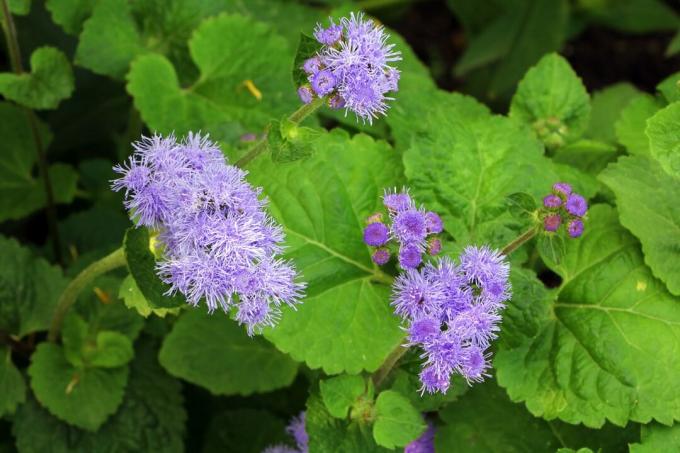
pests
The liver balm is a popular bedding plant because it is hardly susceptible to snails is. Only very young plants are occasionally eaten by snails, flowering plants are usually no longer attractive to them in the bed.
But there are some other pests that can cause problems. These include primarily aphids. They prefer to settle on weakened plants that have been improperly cared for.
Use for fertilizing preferred nettle manure, which also strengthens the leaf structure, making the plants less attractive to aphids. One mixed culture with lavender or other Mediterranean herbs such as thyme or oregano also quickly drives away the aphids. For a light infestation, you can use a soft soap solution to simply wash the lice off.
Instructions for preparing and using a soft soap solution:
- 15 g lubricating or Finely grate curd soap
- Dissolve soap in a liter of lukewarm water
- optionally mix in 1 teaspoon of neem oil
- Pour the solution into a spray bottle
- Spray plants in the evening
- Leaves and shoots should be dripping wet on top and bottom
If the location is too dry, spider mites like to settle on the liver balm. This problem can be easily combated by regularly spraying the plants with water. Also try to moisten the underside of the leaf. This creates a humid environment in which the spider mites do not feel comfortable.
Tip:
In the case of a severe infestation, you can also use the soft soap solution against the spider mites. When spraying, make sure that you mainly treat the underside, where the spider mites are most likely to be.
 garden editorial
garden editorial I write about everything that interests me in my garden.
Learn more about summer flowers
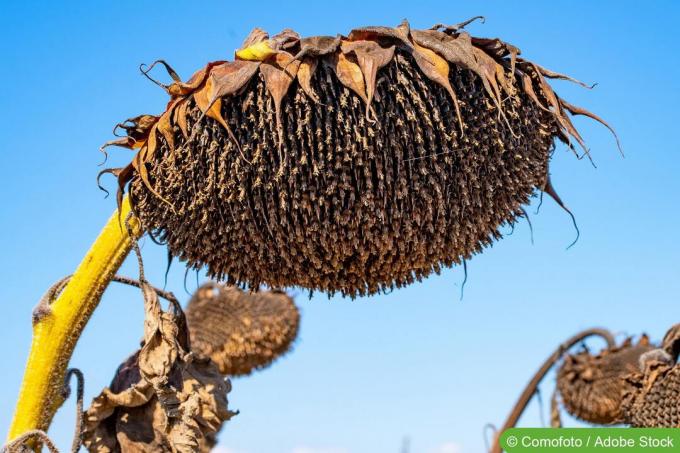
Should you cut off faded sunflowers?
Sunflowers bloom for a long time, but unfortunately not forever. Is it better to cut off the faded flowers or let nature take its course? Both are possible! It depends on the sunflower species and what you want to do with the ripening seeds. Read here whether you should cut off faded sunflowers.
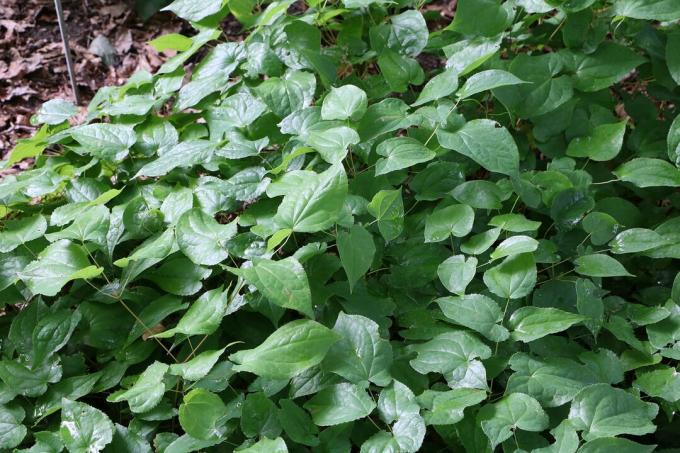
Elf Flower, Epimedium: 12 Tips for Grooming & Pruning
The elf flower transforms shady locations into a sea of flowers. Delicate flowers appear in white, yellow, pink, red or violet. The ground cover with the heart-shaped leaves is also decorative when not in bloom. We have put together the most important care tips for you.
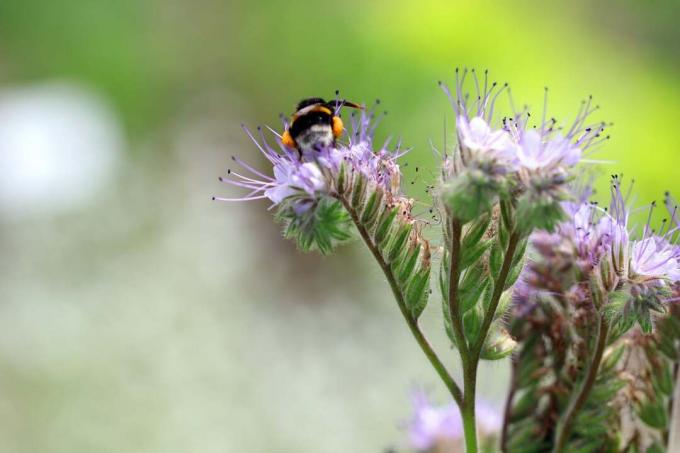
Bee friend, Phacelia: 8 tips for care
The cultivation of the tufted flower is not particularly difficult, because the plant turns out to be undemanding and easy to care for. If you take into account the basic requirements of this flowering perennial, you will benefit from its positive effects on biodiversity and soil conditions.
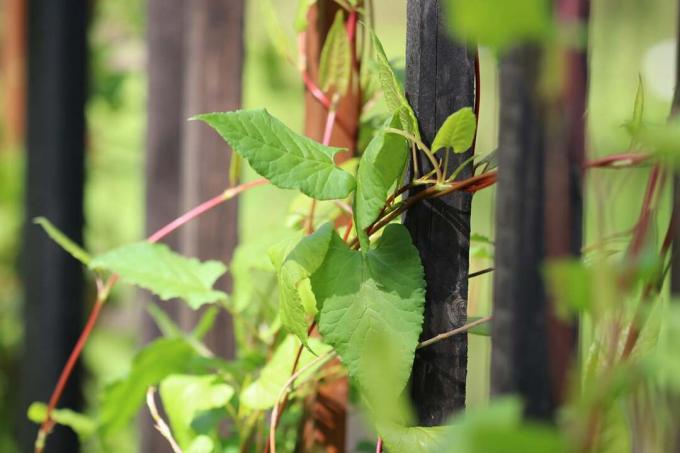
Climbing knotweed, Fallopia baldschuanica: Care from A – Z
A popular bee pasture but also a fast-climbing plant in the garden is the climbing knotweed. The plant should therefore be cultivated in the garden with some caution and appropriate care. Fallopia aubertii fits perfectly in a cottage or natural garden.
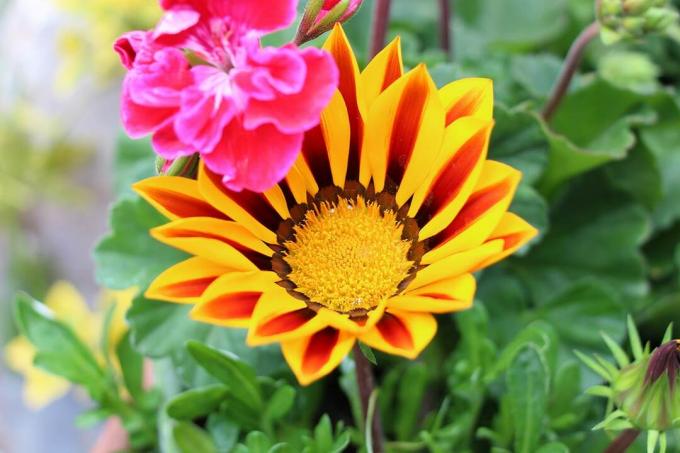
Is Gazania hardy? 6 tips for the winter
Gazania are commercially offered as annuals and not hardy. Hibernation works under ideal conditions, which require increased effort. Some varieties are considered hardy. The propagation of cuttings over the winter is an alternative to cultivating the plant perennial.

Loyal to men, lobelia: care instructions from A – Z
Loyal to men, also known as blue lobelia, flowers profusely all summer long with the right care. This beautiful bloom is encouraged by the right care. The blaze of color is not only beautiful to look at, the lobelia are also popular with various insects.
